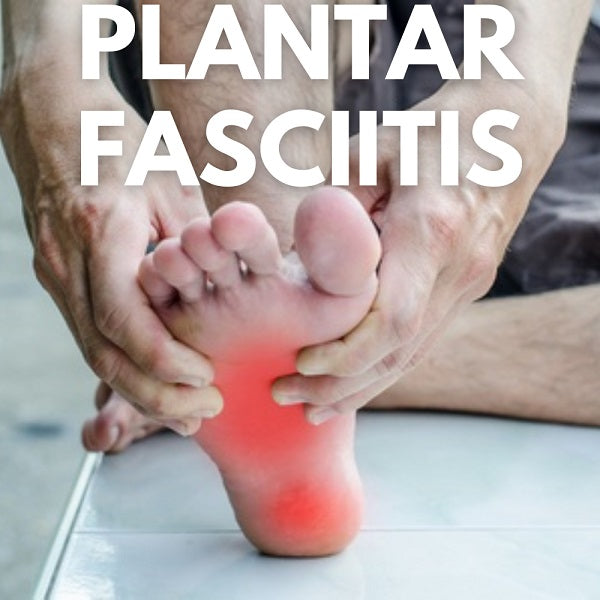Plantar fasciitis is a common foot condition that causes pain and discomfort in the heel and sole of the foot. It occurs when the plantar fascia, a thick band of tissue that runs along the bottom of the foot, becomes inflamed. This condition is often caused by overuse, injury, or age-related wear and tear, and can be quite debilitating if left untreated. In this blog post, we'll explore the symptoms, diagnosis, treatment, prevention, and other important information related to plantar fasciitis.
Symptoms of Plantar Fasciitis
The primary symptom of plantar fasciitis is pain in the heel and sole of the foot, especially in the mornings or after long periods of sitting or standing. The pain may also be felt after exercise or physical activity, and may worsen over time if left untreated. Other symptoms of plantar fasciitis may include:
- Stiffness in the heel or sole of the foot
- Swelling in the heel or sole of the foot
- Tenderness in the heel or sole of the foot
- A burning or shooting pain in the heel or sole of the foot
Diagnosis of Plantar Fasciitis
Diagnosis of plantar fasciitis is typically done through a physical examination and medical history review. Your doctor may ask you questions about your symptoms, activities, and any previous injuries you have had. They may also perform a physical examination, including checking your foot for swelling, tenderness, and pain. In some cases, imaging tests such as X-rays or MRIs may be ordered to rule out other conditions that can cause similar symptoms.
Treatment of Plantar Fasciitis
Treatment for plantar fasciitis depends on the severity of the condition and the individual's symptoms. In many cases, simple at-home remedies such as rest, ice, and over-the-counter pain medication can provide relief. Physical therapy, stretching exercises, and wearing supportive shoes can also be effective in reducing symptoms.
If the condition does not improve with these measures, more aggressive treatments such as cortisone injections or surgery may be recommended. In cases of severe plantar fasciitis, surgical intervention may be necessary to alleviate pain and restore normal function to the foot.
Prevention of Plantar Fasciitis
To prevent plantar fasciitis, it's important to maintain a healthy weight, as excessive weight can put added stress on the feet. Wearing supportive, well-fitting shoes, and avoiding activities that put excessive strain on the feet can also help prevent the condition.
Stretching and strengthening exercises for the feet, as well as other lower body muscles, can help maintain the flexibility and strength needed to support the feet and reduce the risk of developing plantar fasciitis.
Conclusion
Plantar fasciitis is a common and often debilitating condition that affects many people. However, with proper treatment, the condition can be managed and the pain reduced. If you're experiencing symptoms of plantar fasciitis, be sure to talk to your doctor for an accurate diagnosis and appropriate treatment plan. By following a combination of at-home remedies, physical therapy, and, in some cases, surgical intervention, you can reduce your pain and get back to a more active lifestyle.
Be sure to check out OrthoRelieve's collection of feet and ankle braces that can relieve plantar fasciitis as well as other conditions:



